Real-Time Analytics
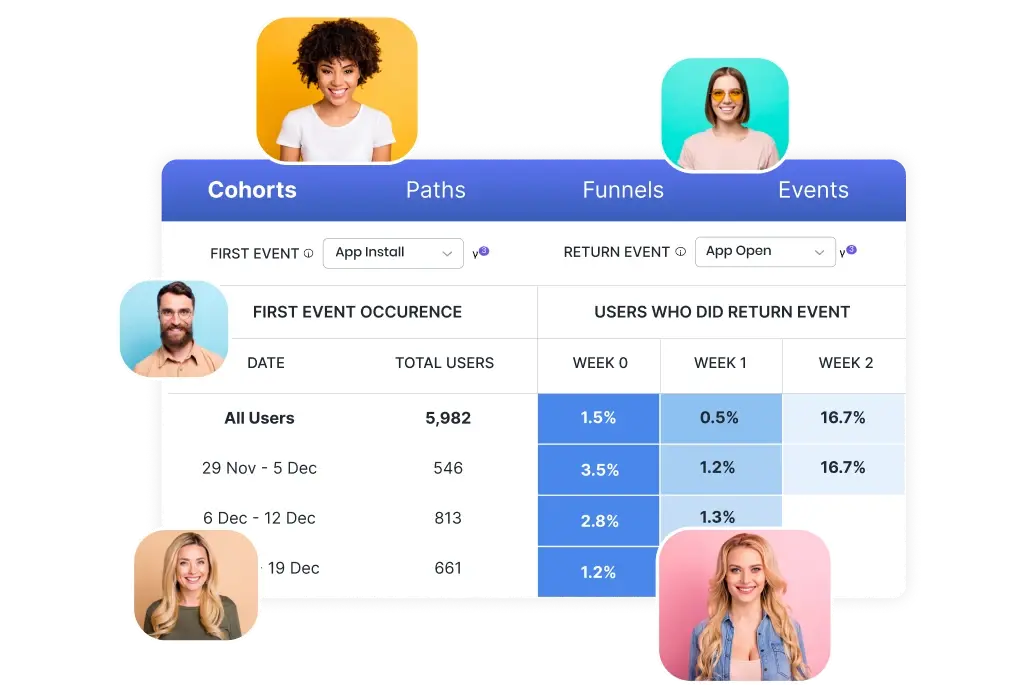
Your product knows everything about your users.
We help you uncover just that.

Real-Time Analytics
For Accelerated Growth
Your product knows everything about your users. We help you uncover just that.
850+ global brands trust WebEngage for customer engagement and retention

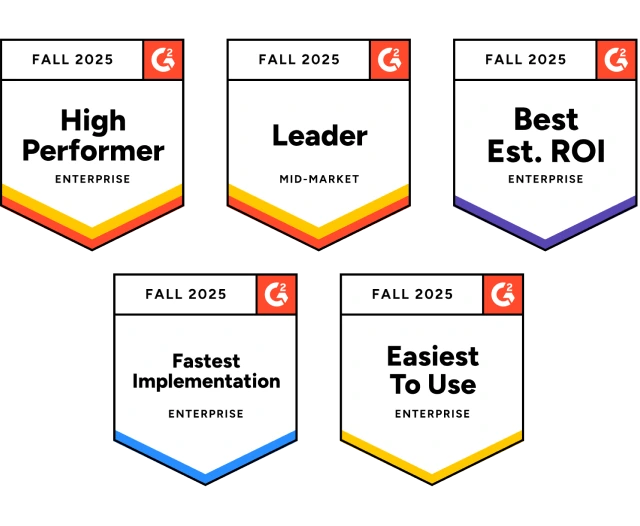
What Makes WebEngage
Product Analytics Unique?
Join 850+ global brands that prefer WebEngage’s Product and Revenue Analytics over other customer analytics
Optimize Your Sales Funnels with WebEngage
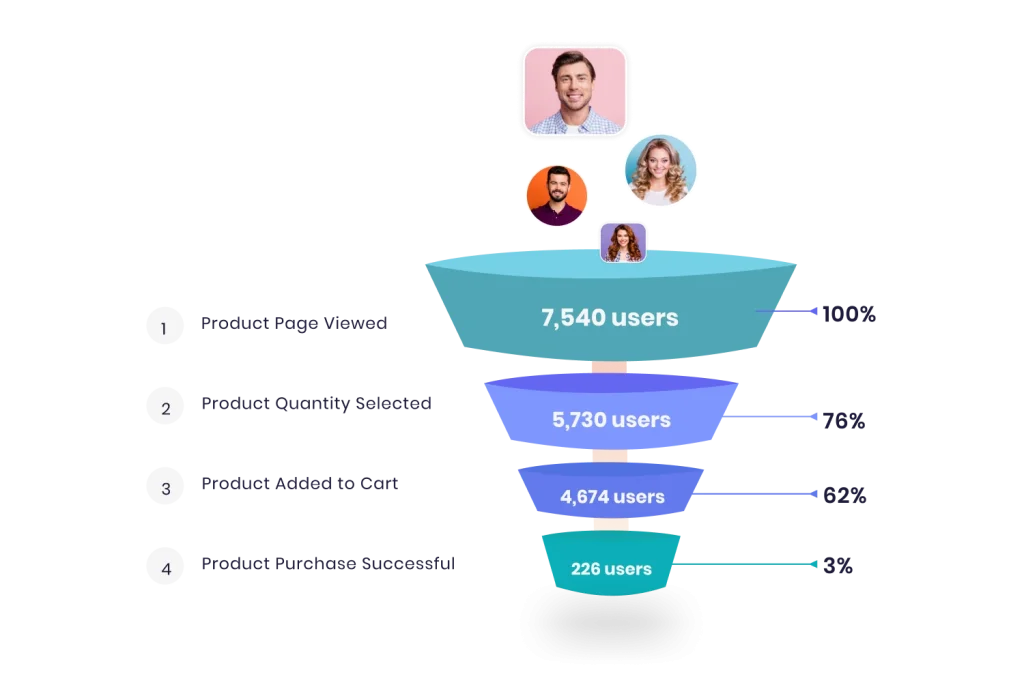
- Drop-Off Analysis
- Event-Based Segments
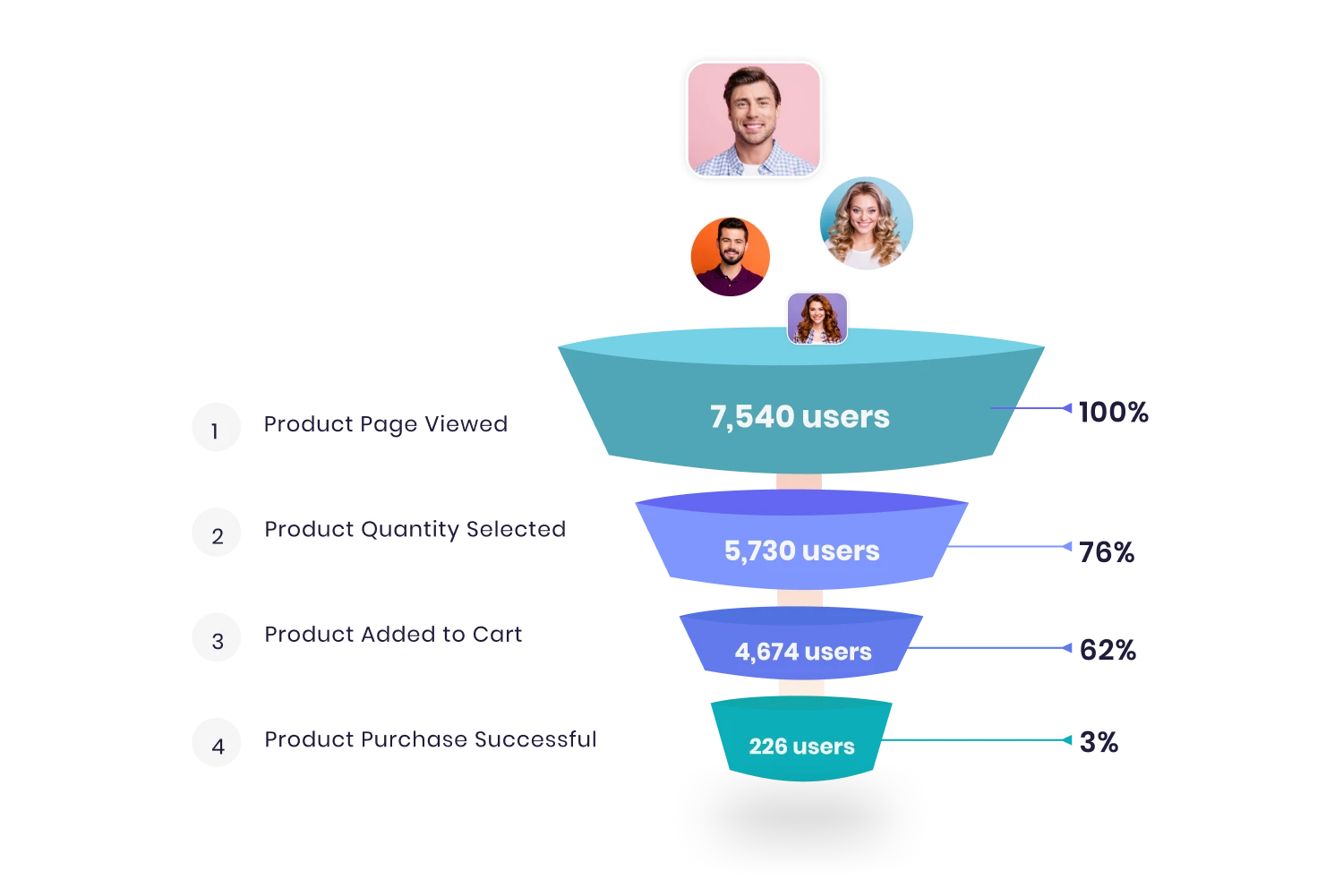
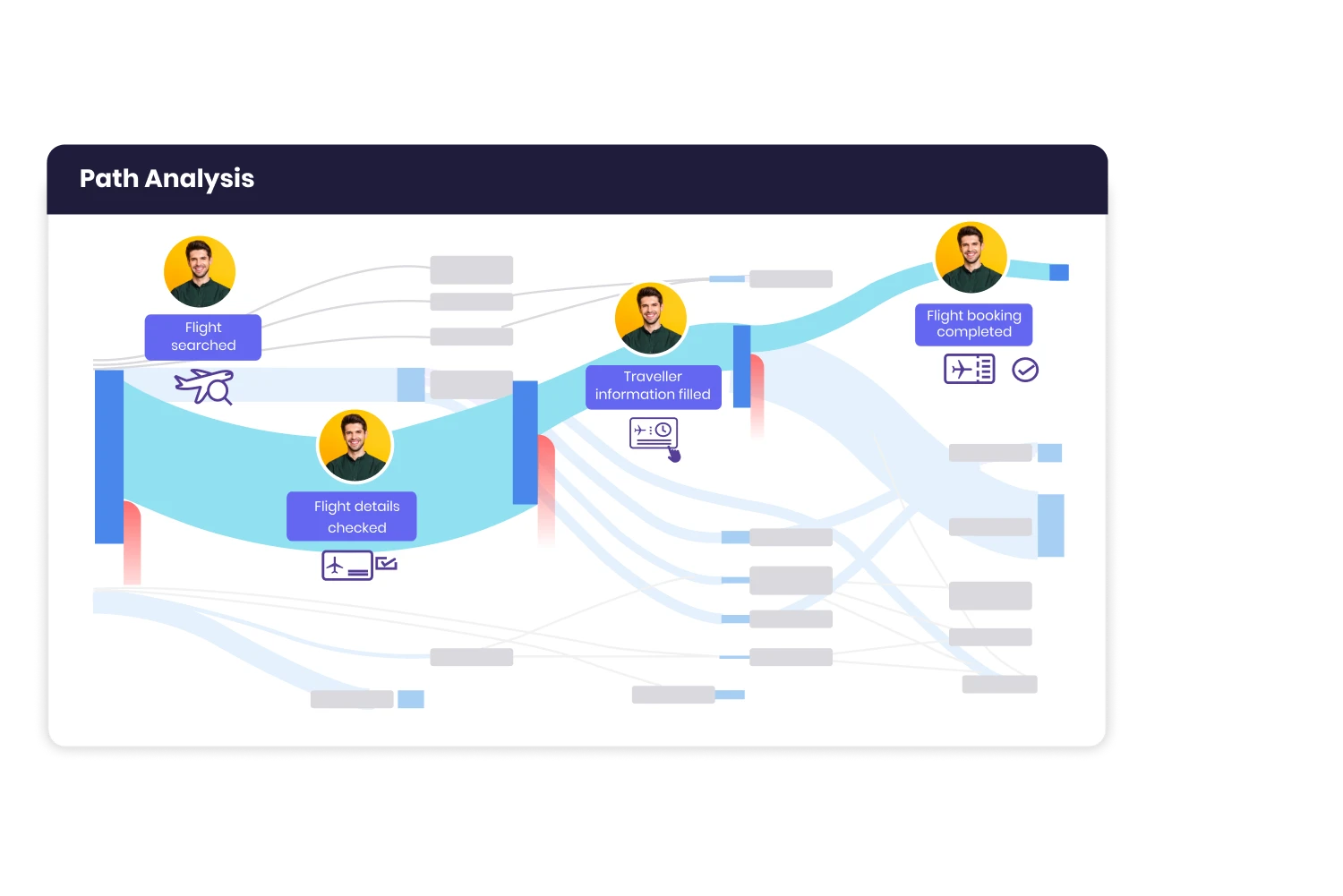
Visualize How Customers Interact with Your Brand
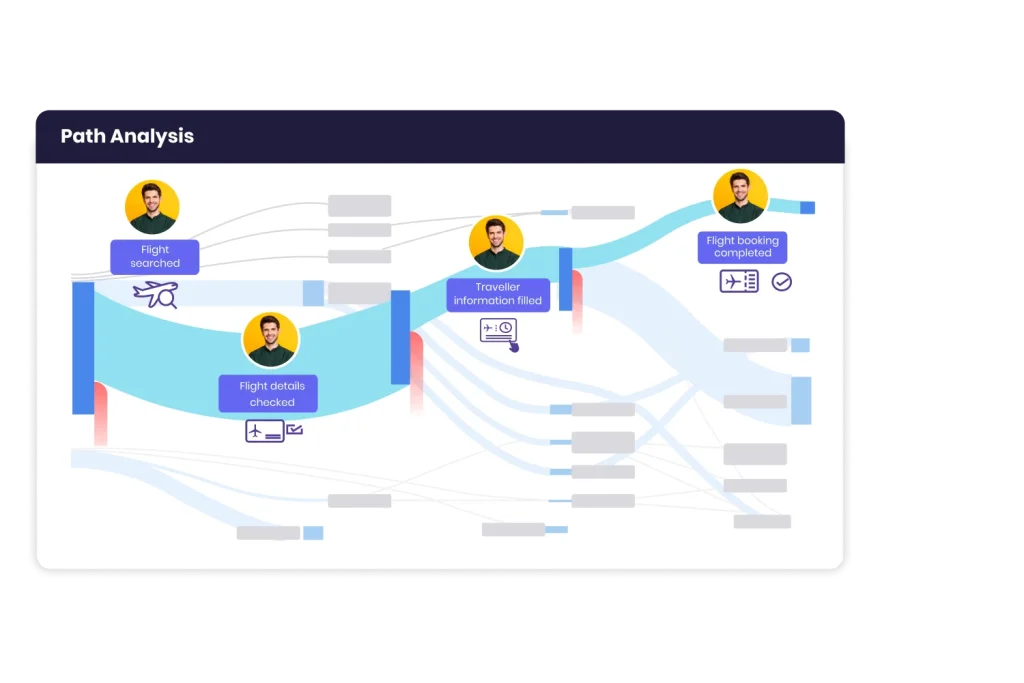
- Top 5 Paths
- Feature Adoption Testing
Increase Repeat Platform Usage with Cohorts
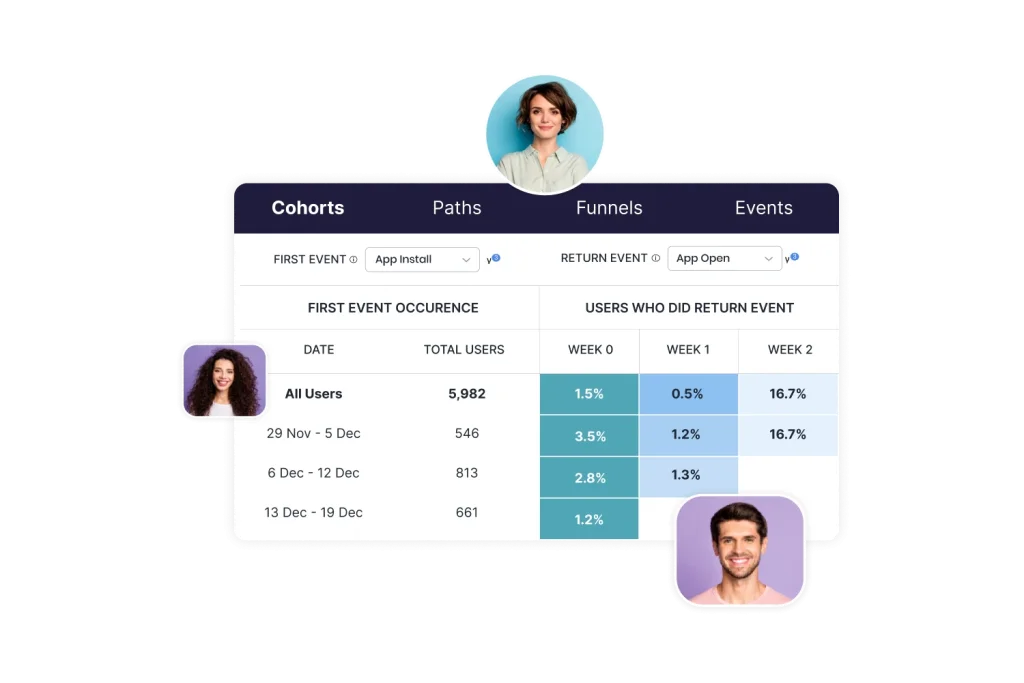
- Retention Cohorts
- App Stickiness Cohorts
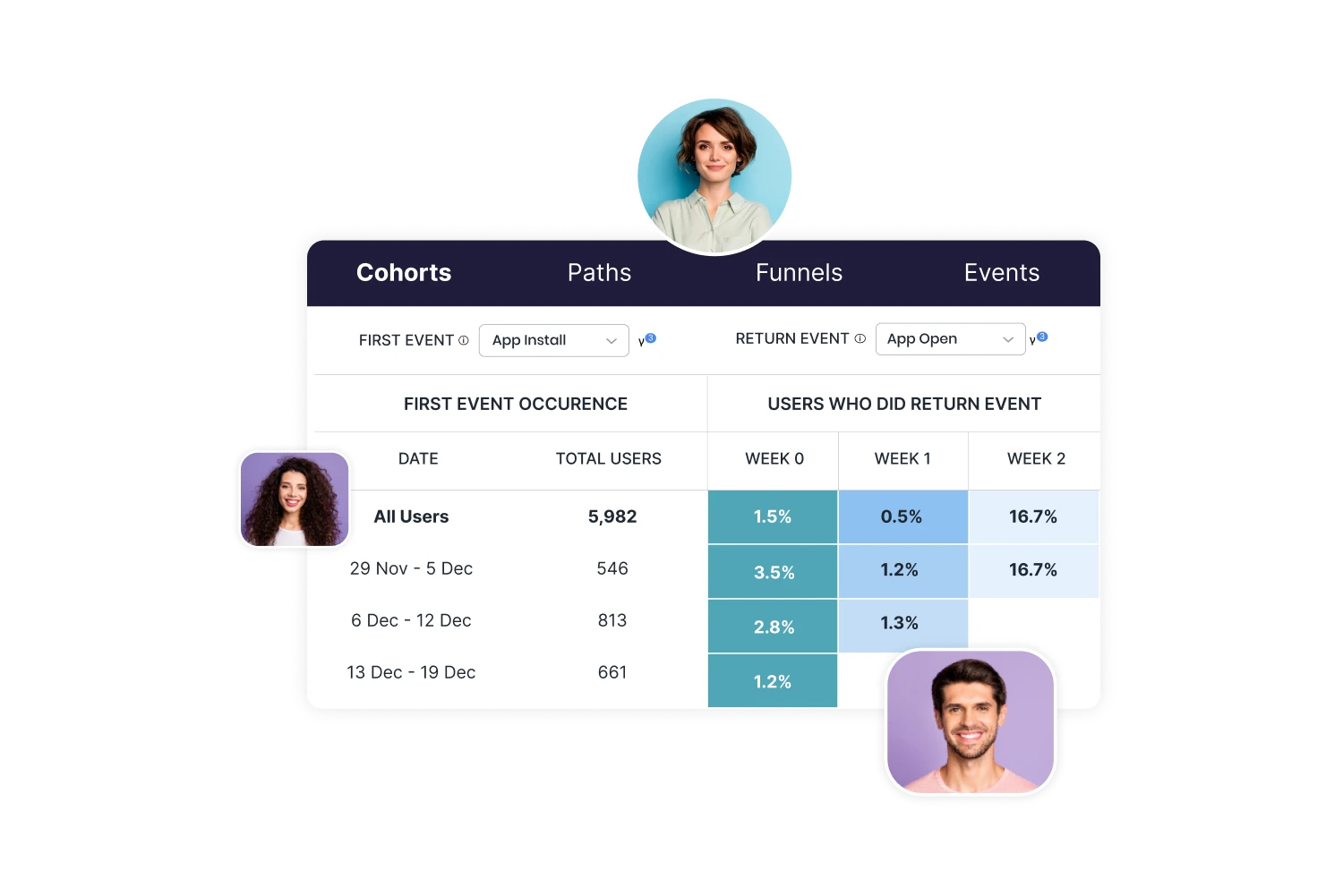
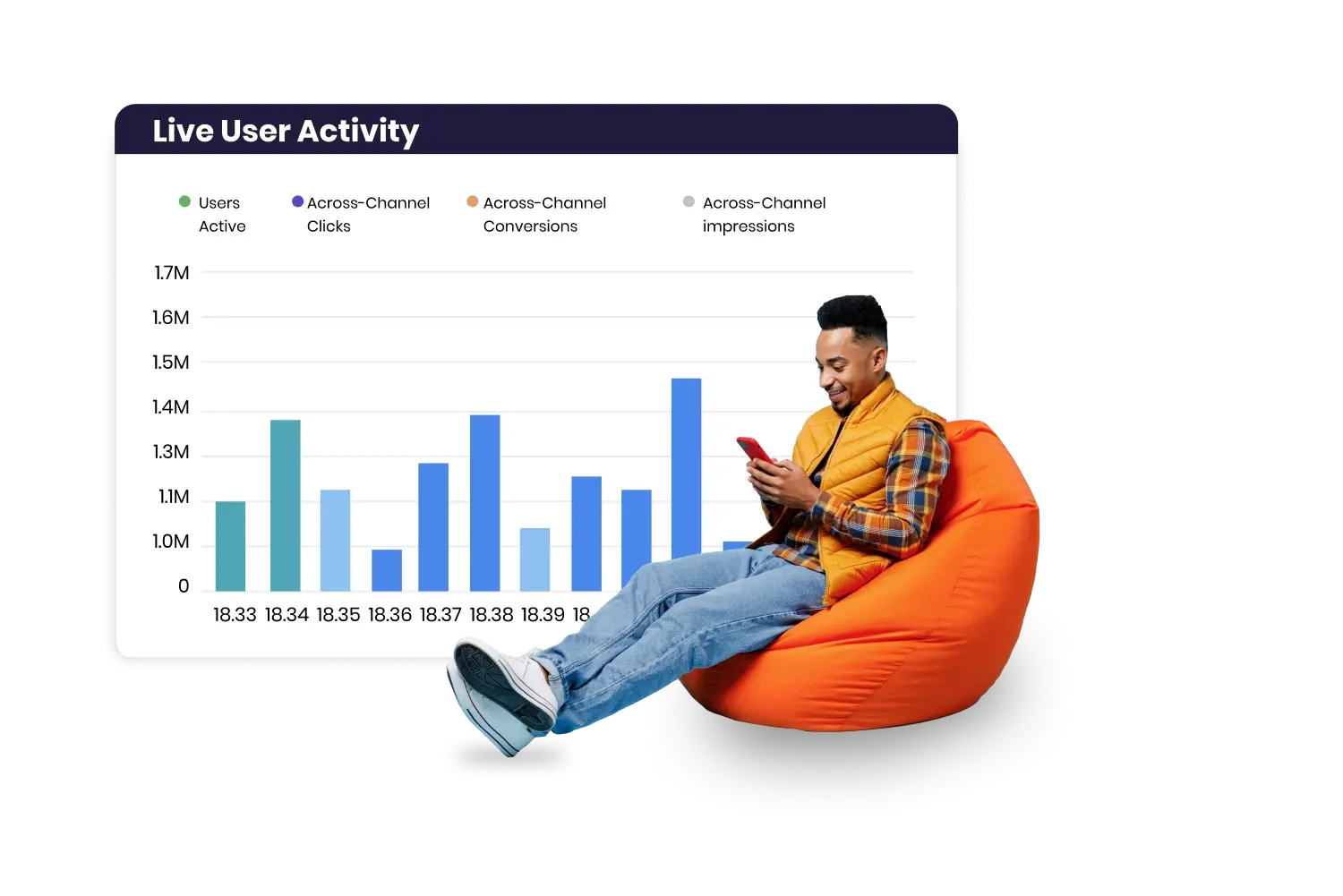
Get Real-time Insights into Your Campaign Performance
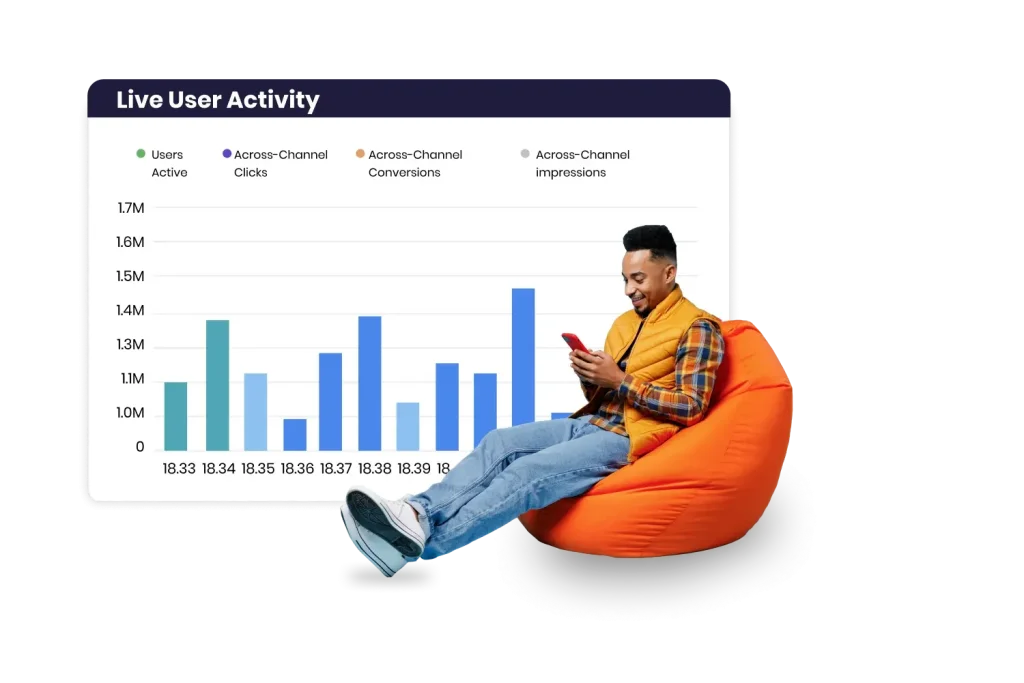
- Low Latency Refresh
- Intuitive Dashboard
Identify What Makes Your Customers Uninstall Your App

- Root-Cause Analysis
- Acquisition Source Attribution
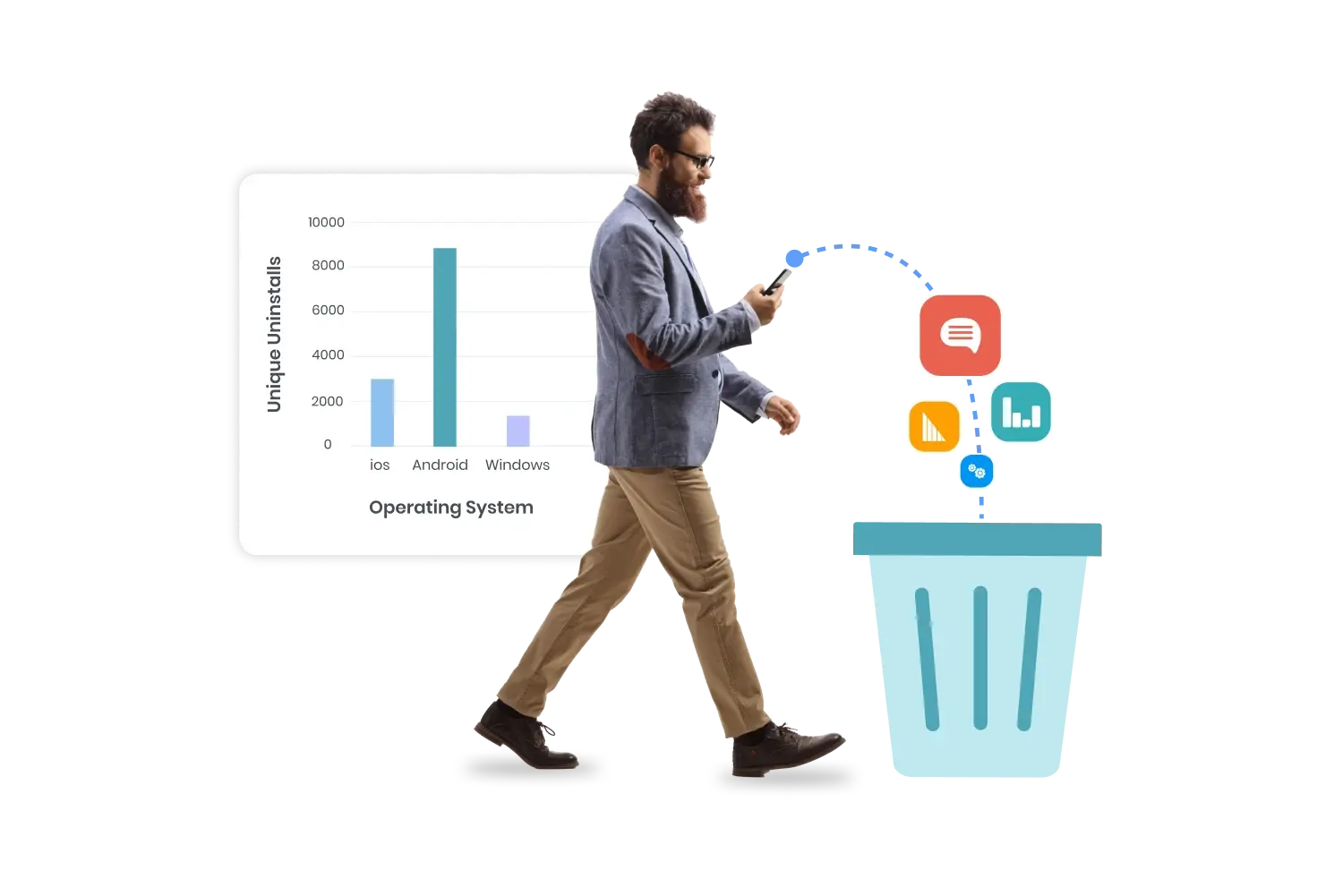
What our customers have to say
Shoppers Stop
“WebEngage has been a game-changer, helping us automate tasks, personalize customer journeys, & reach the right audience, leading to higher revenue growth.”

Chief E-commerce Officer, Shoppers Stop
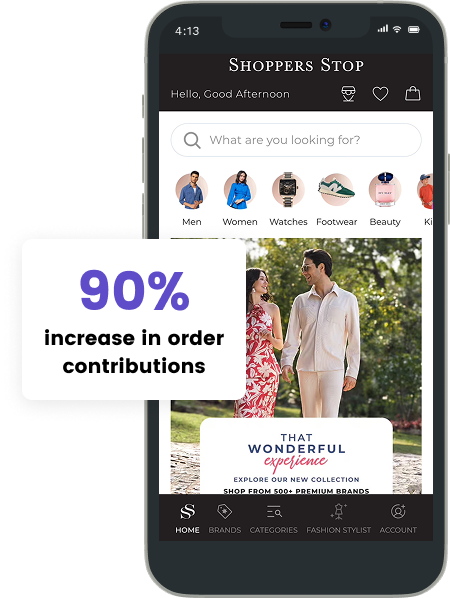
CASHe

“WebEngage helps us run hyper-personalized campaigns at scale, automating engagement to boost performance, save time, & improve user retention.”

Head – Growth, Strategic Alliances & Partnerships, CASHe
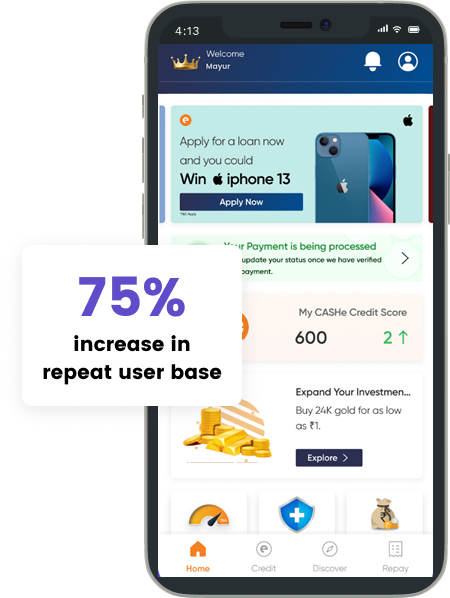
go-mmt Slide

“The WebEngage Customer Success team has worked tirelessly to solve our problems. We have enjoyed this kind of close collaboration with WebEngage.”

Ex – Co-Founder and CTO, Goibibo

Vezeeta Slide

“WebEngage stands strong when it comes to user engagement and retention. It understands the importance & nuances of the subject.”

Chief Product Officer, Vezeeta
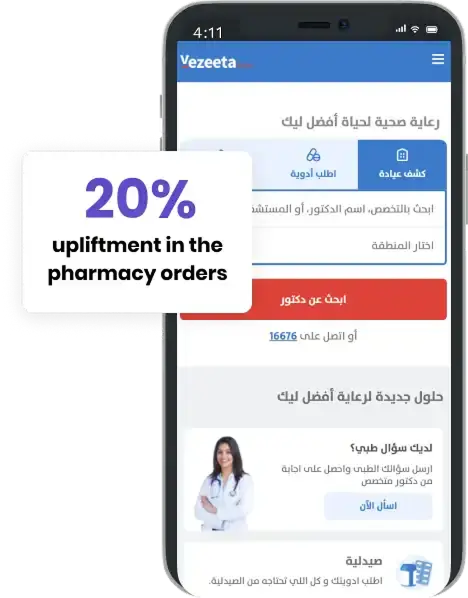
Acko Slide

“Win-back and policy renewal campaigns have contributed significantly to our overall revenue and resulted in improvement of our North Star
Metric i.e. Persistency ratio.”

Associate Director – Digital Marketing, Acko
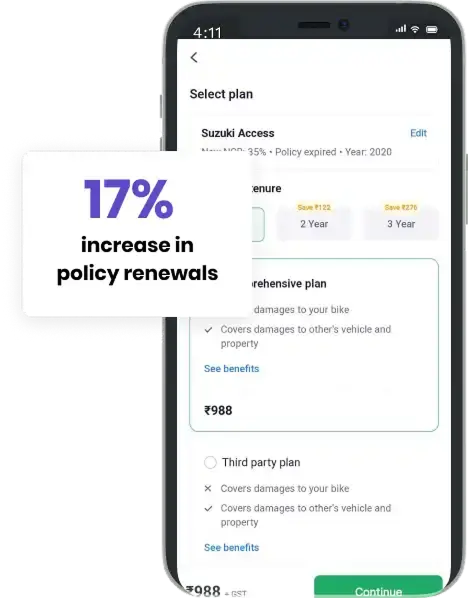
Make your campaigns a success with sophisticated analytics
From Funnels and Cohorts to real-time analytics and custom reporting. The perfect analytics platform for growth-oriented teams.

Events analytic
Single view of revenue cycle
Real-time data

Intuitive visualization

Granular data drill-down

Custom reporting
Keep pushing forward.
We've got your back.
Trust our pros to timely help you with relevant solutions.
Quick and Easy
Integration
Connect all your tools to WebEngage and see the magic unfold rapidly.
Seamless
Onboarding
Closely work with our onboarding specialists till your first campaign's go-live date.
Superior Customer
Success
Our specialists are always ready to help you with relevant solutions.
Unparalleled Support
& Service
Your urgency is our urgency! Get round-the-clock support from our experts.
FAQs
With WebEngage product analytics, you can track the real-time performance of your products, make iterations to improve them, and optimize your sales funnel. It helps you identify issues like drop-offs across marketing and sales funnels, track engagement trends with cohort analysis, and access real-time analytics with detailed and custom reporting.
Product analytics can help optimize pricing strategy by analyzing customer behavior, purchase patterns, and price sensitivity. By tracking key metrics such as conversion rates, customer acquisition costs, and revenue per user, companies can identify the optimal price point that maximizes revenue while still being attractive to customers.
The most important revenue metrics to track using product analytics include conversion rates, customer acquisition costs, lifetime value, revenue per user, and churn rate. These metrics provide valuable insights into customer behavior and enable companies to identify opportunities for growth and optimization.
Product analytics can help identify revenue leakage by tracking metrics such as cart abandonment rate, failed payments, and customer churn. By analyzing these metrics, companies can identify areas of their product or sales process that may be causing revenue leakage and take steps to resolve them.
Some popular tools for analyzing product revenue data include Google Analytics, Mixpanel, Amplitude, and Heap Analytics. These tools provide a range of features for tracking and analyzing customer behavior, conversion rates, and revenue metrics.
Product analytics can help measure the ROI of marketing campaigns by tracking key metrics such as conversion rates, customer acquisition costs, and revenue per user. By analyzing these metrics, companies can determine which marketing channels and campaigns are most effective in driving revenue and adjust their strategy accordingly.
Some popular tools for analyzing product revenue data include Google Analytics, Mixpanel, Amplitude, and Heap Analytics. These tools provide a range of features for tracking and analyzing customer behavior, conversion rates, and revenue metrics.
Product analytics can help identify opportunities for cross-selling and upselling by analyzing customer behavior and purchase patterns. By tracking metrics such as average order value and the number of products per purchase, companies can identify complementary products and services likely to appeal to their customers.
Product analytics can help measure the ROI of marketing campaigns by tracking key metrics such as conversion rates, customer acquisition costs, and revenue per user. By analyzing these metrics, companies can determine which marketing channels and campaigns are most effective in driving revenue and adjust their strategy accordingly.
Product analytics can help identify and prioritize new product features by tracking customer feedback and behavior. By analyzing metrics such as feature usage and customer satisfaction, companies can identify which features are most important to their customers and prioritize development accordingly.
Product analytics can help you identify the most effective channels and campaigns for customer acquisition. By analyzing metrics such as conversion rates and cost per acquisition, you can optimize your marketing and advertising efforts for maximum impact.
Some best practices for using product analytics to drive revenue growth include setting clear goals and KPIs, regularly reviewing and analyzing data, and using data to inform product development and marketing strategies.
Explore More Products From Our Retention OS



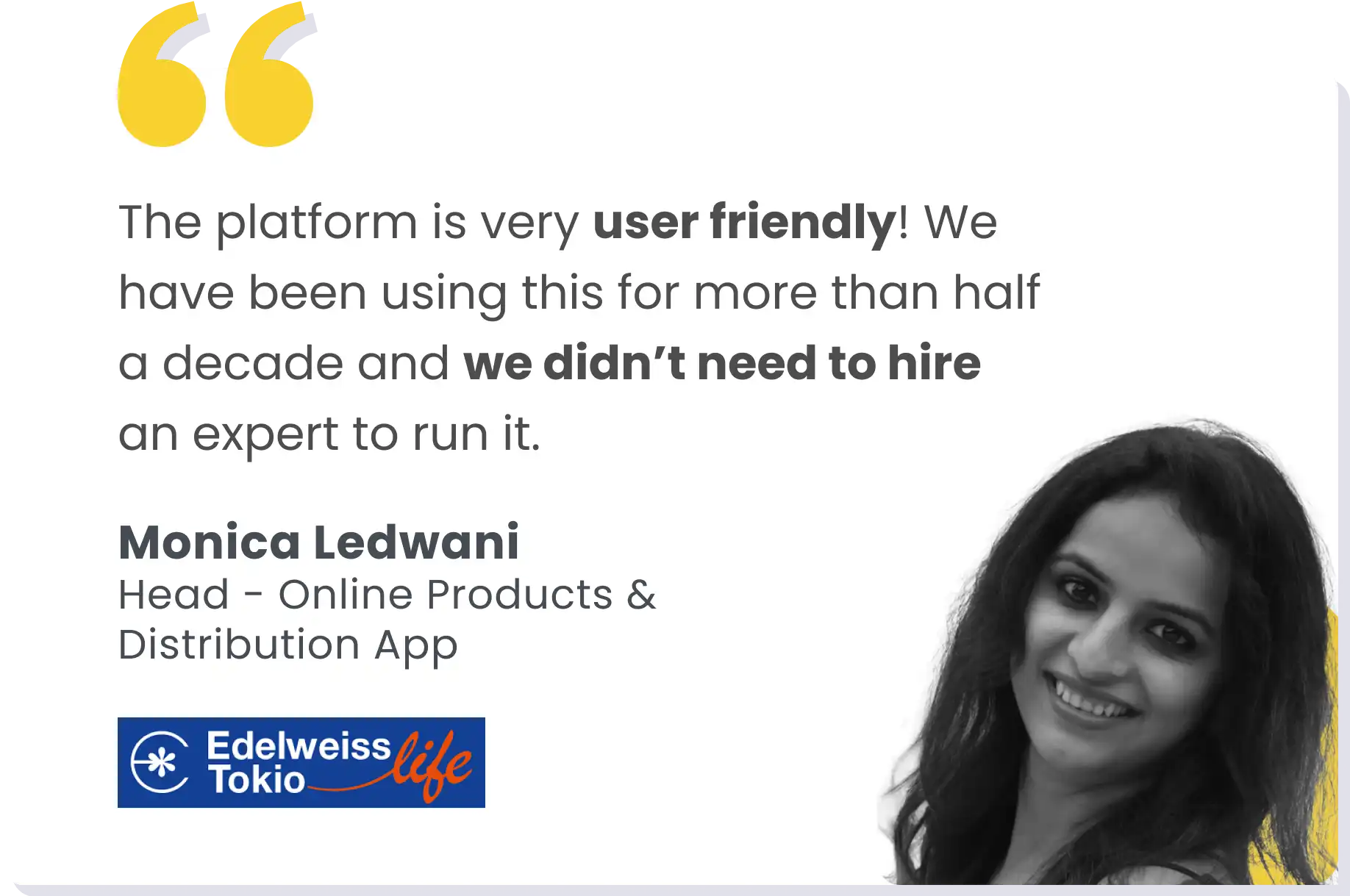



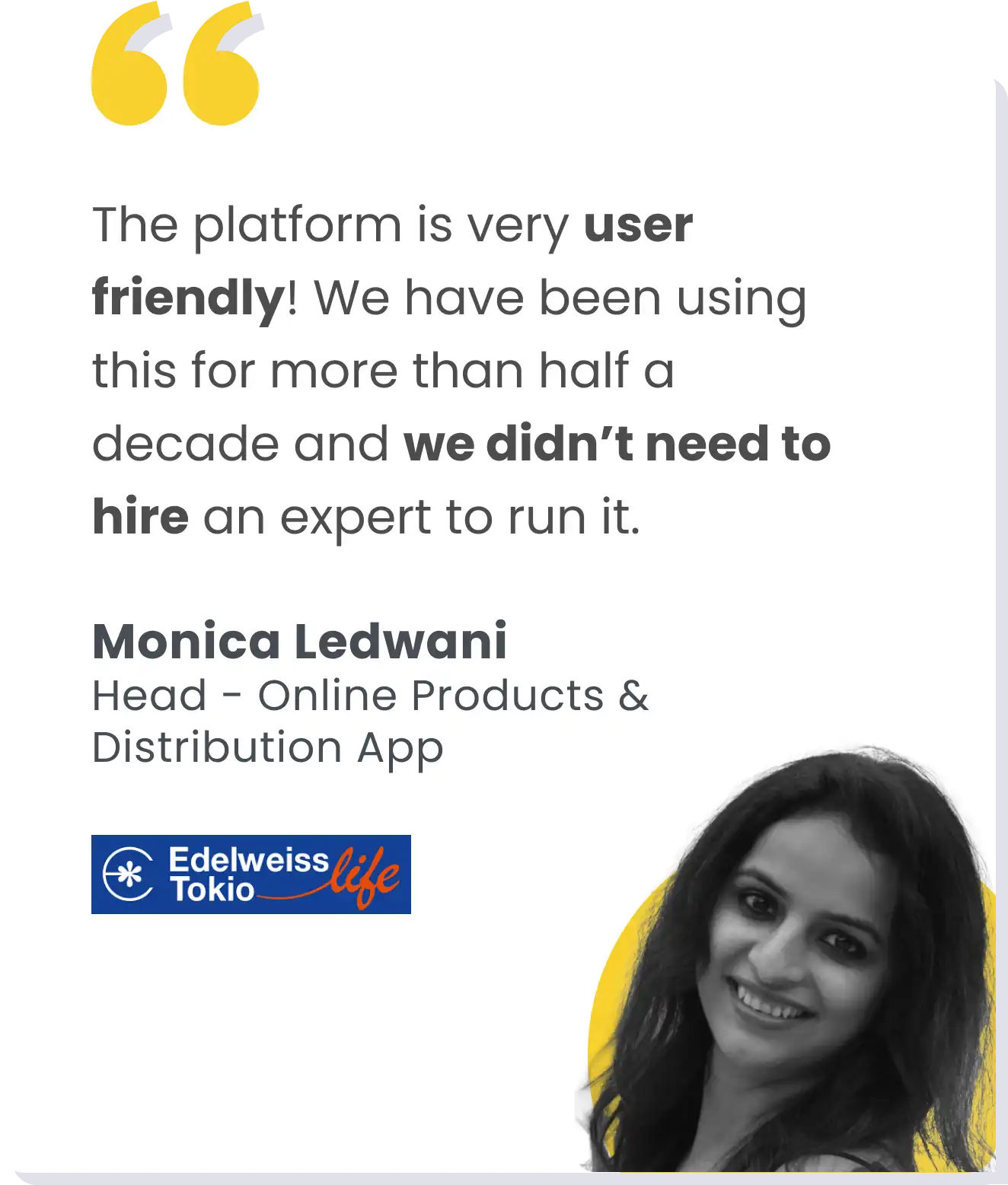
Trusted by 850+ Global Brands














